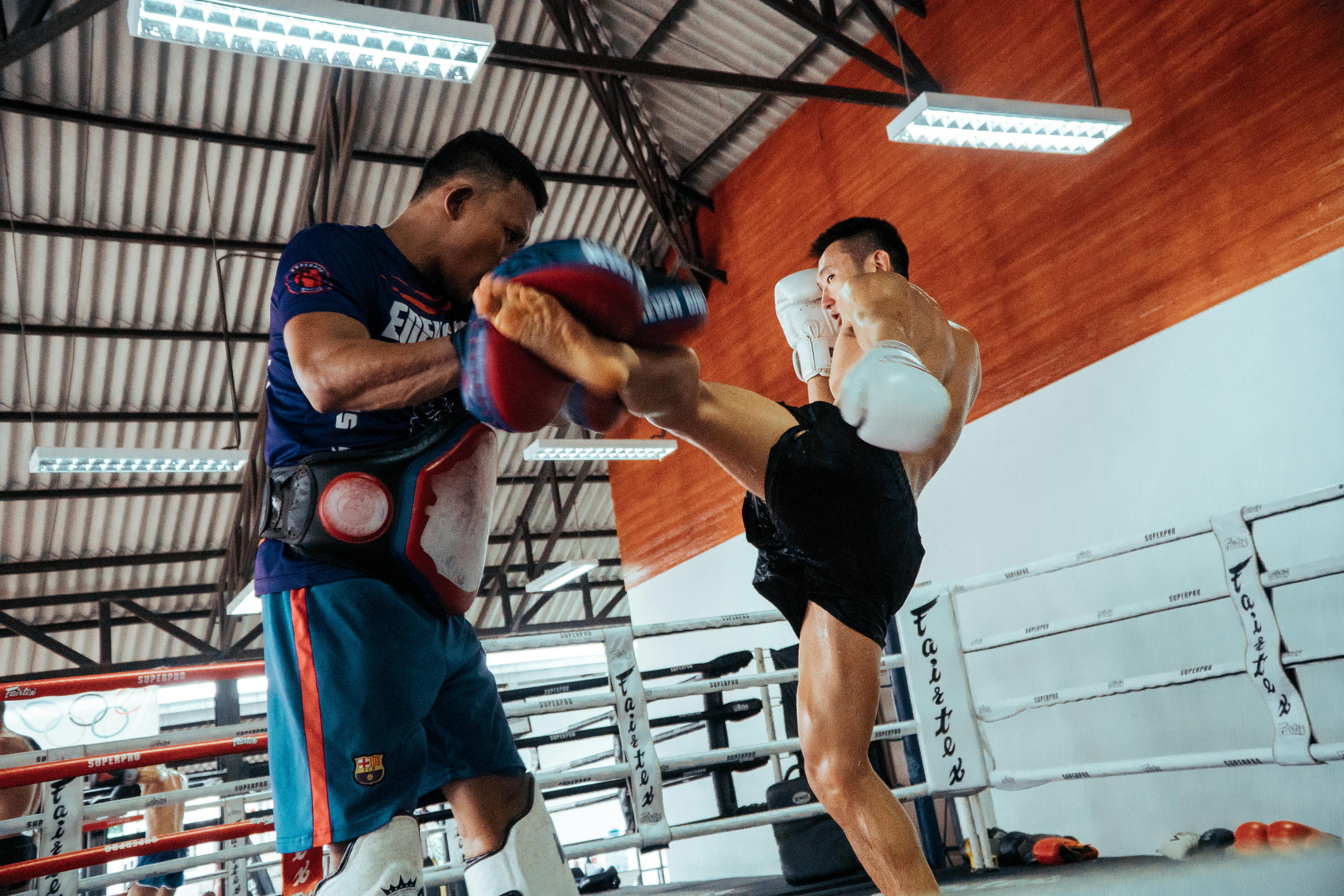Unveiling the Intricacies of Mixed Martial Arts: A Comprehensive Journey
Mixed Martial Arts, popularly known as MMA, is a captivating combat sport that has gained exponential popularity over the past few decades. What started as a no-holds-barred contest between fighters of different disciplines has evolved into a complex sport with its own set of rules and techniques. This article will take you on a journey through the world of MMA, exploring its origins, key developments, current trends, and the science behind the physical training required to compete at the highest level.

The Genesis of Mixed Martial Arts
MMA can trace its roots back to ancient Greece, where a sport known as Pankration—a blend of boxing and wrestling—was included in the Olympic Games as early as 648 BC. However, the modern incarnation of MMA began to take shape in the 20th century. The Gracie family, renowned in the world of Brazilian Jiu-Jitsu, played a pivotal role in laying the foundation. Their creation, the Ultimate Fighting Championship (UFC), initiated in 1993, was a game-changer, providing a platform where fighters from various martial arts backgrounds could compete against each other.
MMA in the Spotlight: Current Trends and Developments
Today, MMA is a mainstream sport, with the UFC leading the charge. High-profile fighters like Conor McGregor and Ronda Rousey have become household names, commanding multimillion-dollar contracts and pay-per-view buys. The sport has also seen significant regulatory changes, with the introduction of weight classes, mandatory protective gear, and a comprehensive list of legal and illegal techniques to ensure fighter safety.
Training for Combative Excellence: MMA Techniques and Strategies
Training for MMA requires a multi-faceted approach, as it involves striking, wrestling, and submission techniques. Striking includes punches, kicks, elbows, and knees, while wrestling involves takedowns and throws. Submission techniques, on the other hand, aim to make the opponent tap out through joint locks or chokes. Training in all these areas is imperative for a well-rounded MMA fighter.
The Physiology of an MMA Fighter: Science Backed Insights
MMA fighters are some of the fittest athletes in the world, with their training regimes designed to enhance strength, speed, endurance, power, and agility. Scientific research has shown that MMA training significantly improves aerobic and anaerobic fitness, muscle strength, and power. However, the high-intensity nature of the sport also presents unique challenges, such as injury risks and weight cutting issues.
The Ethos of MMA: Beyond the Octagon
Despite its combative nature, MMA promotes values like respect, discipline, self-control, and sportsmanship. Many fighters use their platform to advocate for social issues, while organizations like the UFC engage in various charitable activities.
In conclusion, MMA is a dynamic sport that combines various martial arts disciplines into a thrilling spectacle of physical and mental prowess. Its growth and evolution over the years have been remarkable, and its future promises to be just as exciting. Through its unique blend of athleticism, strategy, and sportsmanship, MMA encapsulates the essence of what sports are all about.





